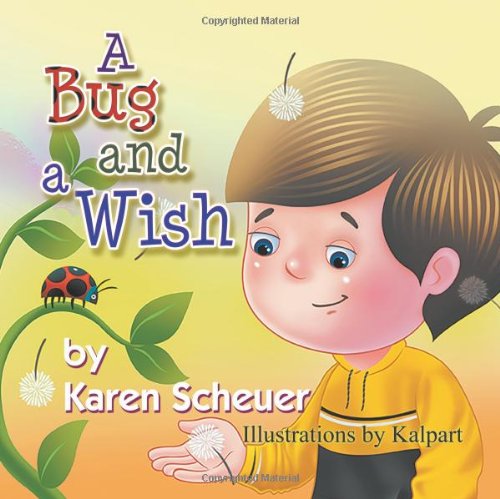If you work with children, I'm sure you have to deal with tattling more often than you like. I've seen lots of strategies for preventing tattling and trying to teach kids the difference between tattling and reporting. Honestly, even though these strategies are well-intentioned, I'm concerned about some of the messages we're sending kids.

I never want to send a kid the message I don't care what they have to say. I prefer to listen, but I certainly don't want to intervene in every situation. These are some of my quick responses to tattling.
This is an incredibly easy way to listen to a tattler and quickly send them on their way.
Truthfully, there are often times when a behavior is not good, but we can't really do much about it. For example, one student over-hears another student say you (the teacher) are stupid. Yes, that's not nice, but as adults, we understand that kids are going to do this kind of thing. When we tell a kid, "I'm glad you don't do/say things like that." We acknowledge that what they saw or heard is not good, and simultaneously praises the child for their good behavior without needing to address the problem directly.
I use this when kids complain about a person sitting near them. Some students are noisy workers, and they bother the kids around them, but they really don't mean any harm. On the other hand, some kids are very sneaky about picking on the kids around them. This quick statement works in either case.
If you haven't taught your kids this strategy, do it now! A Bug and a Wish is a book by Karen Scheuer, but I've taught the strategy without reading the book. There's a free poster at Mrs. White's store, and good blog posts at School Counselor Ideas and Think Wonder Teach (also has a free poster).
When a student is being bothered by another student, they ask, "Can I give you a bug and a wish?" (There has to be a rule that you must respond with a 'yes.') Then the student addresses the problem with this sentence frame: It bugs me when ________. I wish you would ________. For example: It bugs me when you put your books on my desk. I wish you would put them somewhere else. Telling a student to, "Give them a bug and a wish," reminds them that they have to tools to handle problems without adult intervention.
Often times situations sound like they might actually need intervention, but you don't have enough information. These events often occur on the far end of the playground where teacher supervision is scarce. It's quite possible that everyone involved was doing things they shouldn't have been doing. Usually students won't bother others within earshot/sight of a teacher, and if they do, you will have enough information to intervene.
These two responses are excellent when kids come over to tattle on their friends. (Why do they do this?) If the other kid is being mean, I'd tell them to find someone more respectful to play with. This s a mini-social skills lesson. Associate with people you like to be around. If they don't play with someone else, then it probably wasn't such a big problem after all. This is another good response for things that kids shouldn't be doing, but without witnessing it personally, you can't do anything about it. Often two or three kids will all be engaged in something they aren't supposed to do, then one kid will come tattle on the others. This reply will hopefully stop the behavior without any intervention from you.
The other thing I usually tell students is: Friends don't get friends into trouble. Friends keep friends out of trouble. This is exactly what adults do. If you are concerned because you think your friend is driving too fast, you might suggest they slow down (so they don't get in trouble), but you certainly wouldn't call the police. I guess I was inspired by the old saying: Friends don't let friends drive drunk. I made a little poster of this saying, and I was experimenting with fonts, frames and colors, so pick your style! Click on the picture to get all the different versions for free.

If you'd like a little personal reminder of these responses, you can get it by clicking on the picture below.
If you found this post to be helpful or interesting, I hope you'll follow me on social media and at my TPT or TN store.
















It was so fun to see my book posted on your blog - thanks! If anyone needs more information here's the book's website www.sbprabooks.com/KarenScheuer :)
ReplyDelete